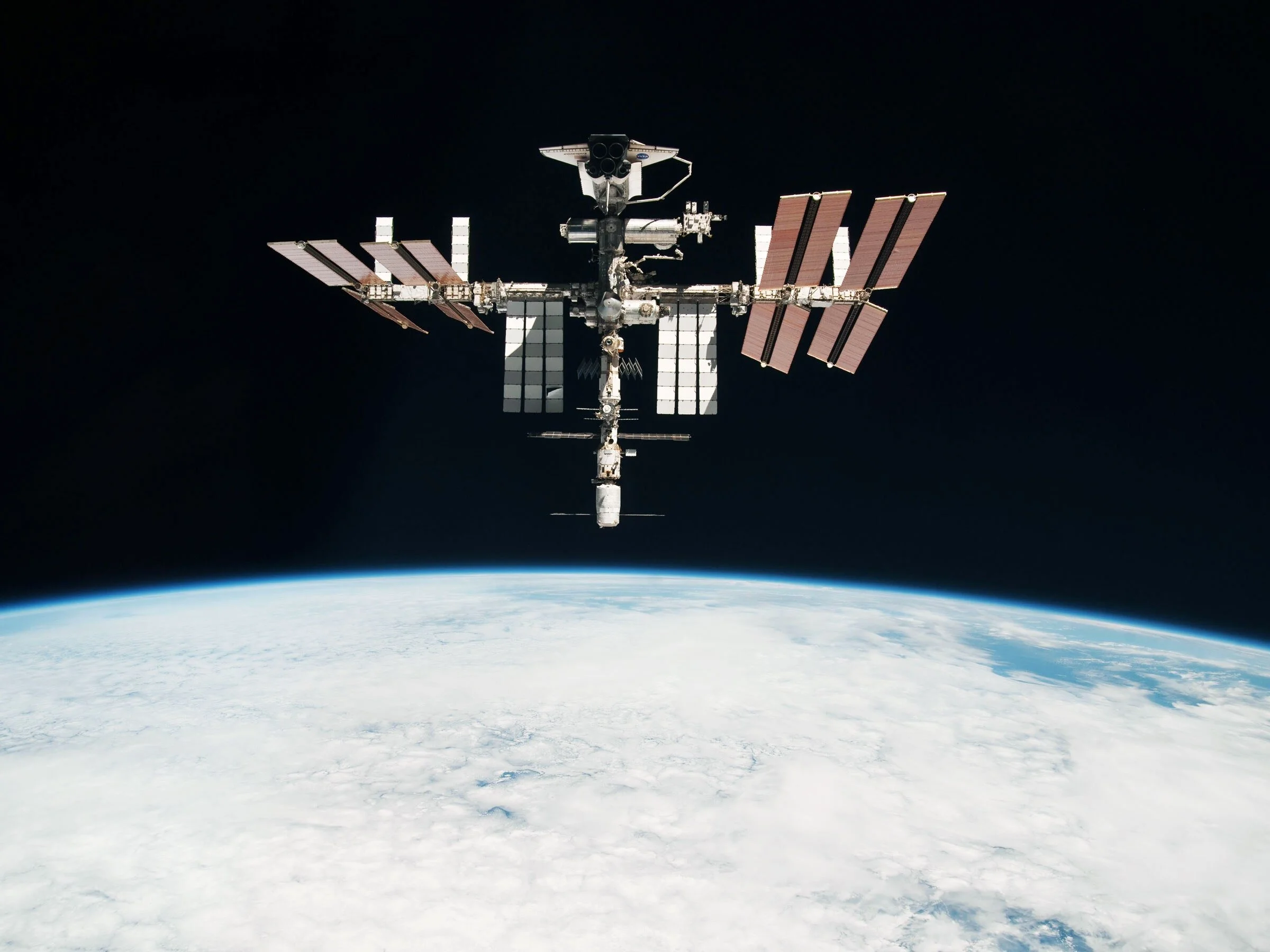
In-Space Assembly
Adaptation and development of Space Robotics platforms capable of On-Orbit Servicing and In-Space Assembly utilizing both robotic and satellite dynamic models
Developed platforms capable of In-Space Assembly requires further research in areas such as robotics, on-orbit satellite dynamics, and computer vision. At Virginia Tech’s Hume Center, I worked with a team of faculty and students advancing the technologies needed to achieve ISA.
Path Optimization
Implemented path-optimization algorithms for orbital maneuvers at different stages—from insertion to close proximity. This will enable optimal autonomous servicing operations. I studied the applications of these algorithms in the different dynamic environments present in ISA missions.
Rendezvous & Proximity
Crucial to ISA operations are maneuvers performed in close proximity to the target spacecraft. In this environment, the dynamic constraints of the system are different and relative-motion dynamics dominate. I developed different relative-motion frameworks that could be combined with path-optimization algorithms.

